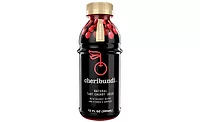Beverage R&D
Summer Olympics brings awareness to hydration, keeping bones, joints in top shape
Sports nutrition market due to reach $31B by 2025
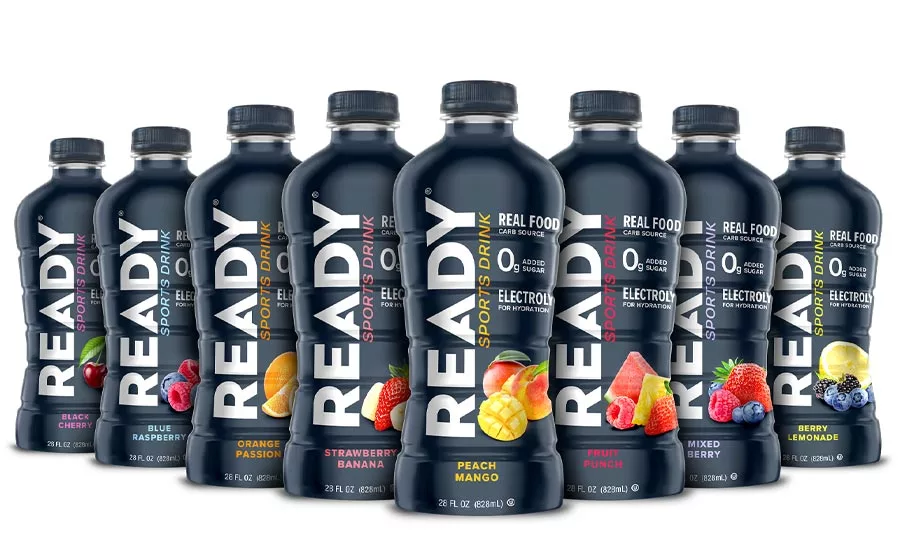
“The world is your oyster” is often used as a metaphor to tell young people embarking on adulthood that they can do anything or go anywhere in pursuit of their dreams. More than 11,000 athletes are planning to head to Tokyo for the postponed 2020 Summer Olympics ― taking place from July 23 to Aug. 8 ― aspiring to earn a Gold, Silver or Bronze medal as a symbol of the highest achievement in their sport. The Olympics often are a springboard for inspiring people to exercise more and to eat and stay healthy as the international competition brings more awareness on keeping muscles, bones and joints in top shape.
Additionally, leading sports nutrition brands know that this year’s Games of the XXXII Olympiad are a great opportunity to promote their offerings. “[T]his includes the nutrients and ingredients that help build strong bodies for major competition as well as everyday living,” says Grace Harris, director of applications and business development at Hilmar Ingredients, Hilmar, Calif.
Noting that Japan is part of its business territory but not as large or mature as the United States, Akihito Nishimura, marketing manager for New York-based Kyowa Hakko USA Inc., suggests that the Japanese government would like to leverage this historical opportunity to increase consumers’ exercise habits and encourage health and well-being.
“Japan is the No. 1 aging society in the world,” she says. “We hope the Olympic Games will be a great opportunity for Japanese sports supplement manufacturers and marketers (our customers) and consumers to be aware of sports and the importance of exercise and nutrition.”
Because Japan always has rallied around natural ingredients and nutrition, Casey McCormick, director of product development at Sweegen, Rancho Santa Margarita, Calif., foresees new sponsorship opportunities bringing about awareness of innovative products with functional benefits supporting sports recovery, bone and joint health.
Even though the year-long pandemic and the cessation of recreational and team sports shifted the dynamic from replenishing with hydrating recovery beverages “on the field” to at-home consumption, McCormick notes the influx of structured exercise programs, gym equipment and functional products.
“Recovery beverages are being consumed more at home now than in the past, but as more gyms open across the country there will be more occasions out of the home,” he explains. “Whether it is a CPG beverage, powder or even gel form, consumers are demanding products with less sugar and more plant-based ingredients, such as natural sweeteners, including stevia. Consumers are embracing functional benefits in products, like fortifying a product with vitamin K2, an essential vitamin supporting bone health.”
Blue California, Rancho Santa Margarita, Calif., offers vitamin K2, an essential nutrient required for the activation of several vitamin K-dependent proteins, including ones that play a role in bone metabolism, the company says. Additionally, its vitamin K2 (MK-4) is highly bioactive and significantly reduces the risk of bone fractures. It also offers an MK-7 ingredient for increased bioavailability.
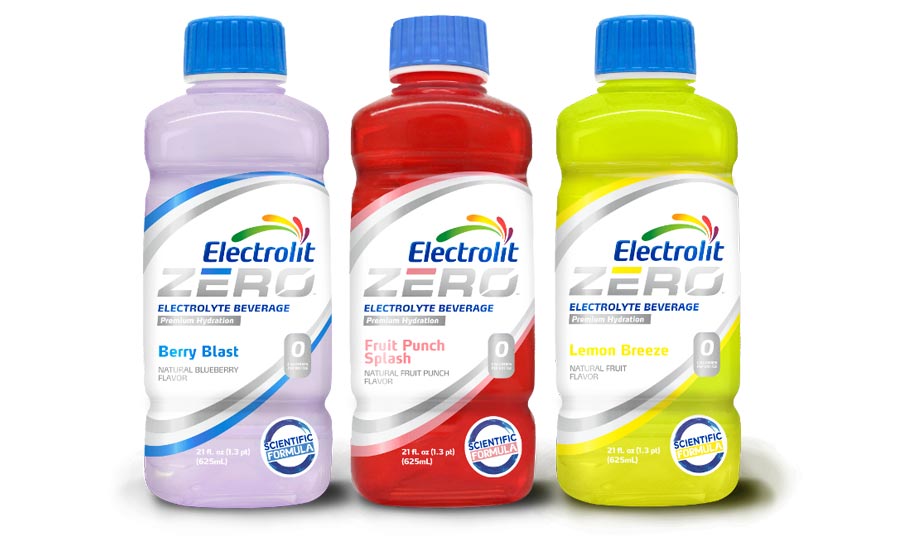
Power up with protein
Sports nutrition is a burgeoning category. A February 2020 “Sports Nutrition Market” report from Hyderabad, India-based Market Data Forecast states that the sports nutrition market was worth $15.6 billion in 2020, and is estimated to nearly double, reaching $31 billion by the end of 2025, rising at a compound annual growth rate (CAGR) of 9 percent between 2020 and 2025.
Among the types of ingredients/products the report analyzed were creatine, branched-chain amino acids (BCAAs), protein powders, isotonic/electrolyte drink powders, and ready-to-drink (RTD) protein drinks and sports drinks.
These products are commonly consumed by athletes and bodybuilders to improve overall health, performance and muscle growth, while sports drinks are consumed by athletes and everyday consumers seeking to replenish body water levels lost from sweating.
“Athletes and bodybuilders have been the leading consumers of sports nutrition products worldwide over the years, but they have been widely adopted among lifestyle users,” it states. “The main factors driving demand … are rapid urbanization, increased consumer awareness of health and increased disposable income for consumers.”
Packaged Facts, Rockville, Md., reports that early in the pandemic, two forces impacted sales. On the one hand, conveniences stores, which account for 40 percent of sports drink sales, lost traffic to supermarkets. However, those losses were partially offset by sales increases at grocery stores, as consumers engaged in pantry-stocking behavior.
No longer just for athletes, sports recovery, bone and joint health products have moved mainstream and as a result, have had to adapt to reflect the needs and expectations of a broader group of customers, says Carla Saunders, senior marketing manager for Minneapolis-based Cargill.
“Today’s sports nutrition consumer wants solutions that support general wellness and healthy weight, acknowledge label-friendly preferences, deliver on convenience, and most important of all — taste great,” Saunders explains. “To deliver on all those requirements, we’re seeing more interest in creating products with reduced sugar or even no-sugar-added, but instead of turning to artificial sweeteners, brands are looking at plant-based solutions like stevia.
“Protein remains very popular in these products, but increasingly that protein comes from plants. Brands are also tapping into consumer interest for more functional ingredients that deliver specific benefits,” she continues. “Inflammation is [a] common target in the sports recovery space, and given the heightened concern around immunity, we expect to see more products incorporating immune-supportive ingredients in their formulation.”
Hilmar Ingredients’ Harris also touts the importance of protein in building muscle and more. “As a building block of skeletal muscle it helps with the improvement of overall well-being. Again, whey proteins are well known for benefits for muscle synthesis but it can also assist with other aspects of health such as immune support, cardiovascular and mood enhancement.”
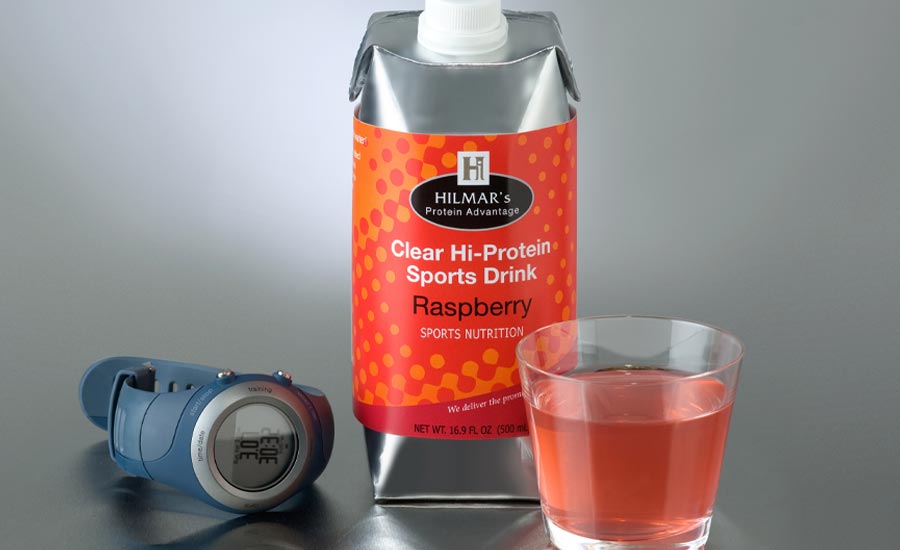
Soy and whey proteins are a “huge draw in the sports nutrition and recovery space” for their ability to build muscles, aid in weight management, satiety and recovery speed, says Melissa Machen, senior technical services specialist for plant protein at Cargill.
Yet, alternative plant-based proteins like pea protein also are gaining ground in sports nutrition applications. “PURIS pea protein delivers 80 percent protein with a high protein digestibility-corrected amino acid score (PDCAAS),” Machen says. “In addition, pea protein is high in branched-chain amino acids (BCAAs) like leucine, the type of amino acids used to build muscle and provide energy.”
However, pea protein is not a complete protein because two of the amino acids ― methionine and cysteine ― are present in relatively low amounts, Machen says. To compensate, she recommends that formulators blend pea protein with a complementary protein source to make complete protein claims, or to add extra pea protein to hit the target protein claim.
Cutting-edge energy and performance
To help weekend warriors, student-athletes and everyday consumers hydrate, several beverage brands are releasing new products. Pittsburgh-based Ready Nutrition was named the Official Sports Drink of eight Division I conferences encompassing 90 schools. With these partnerships, the schools’ student-athletes will be the first to benefit from the sports drink, which features energy-generating carbohydrates from real food sources and an electrolyte profile to optimize hydration during competition, the company says.
“Today’s athletes are demanding cleaner functional sports nutrition products that work to provide energy, hydration and help their bodies defend against the stresses of training and competition,” said Ready Chief Science Officer Kim Beals, in a statement. “Our Sports Drink uses a superfruit carb source for energy, a triple electrolyte blend for optimal hydration and plant nutrients to help with exercise recovery.”
Marianne McDonagh, vice president of sales at Bioenergy Life Science Inc. (BLS), Ham Lake, Minn., notes that BLS has a strong track record of science-back innovation in the sports recovery market through its flagship product, Bioenergy Ribose. The effective and proven ingredient reduces muscle soreness and improves recovery after exercise.
“Ribose is the body’s natural solution [and] is produced naturally in every cell in the body, but the heart and skeletal muscles lack the metabolic capacity to make ribose quickly enough to maintain the necessary energy levels in the stressed heart or muscle tissue,” McDonagh explains. “Supplementing with Bioenergy Ribose enables these muscles to bypass the slow, rate-limited process of making ribose on their own; therefore, accelerating energy synthesis and recovery.”
An ideal complement to caffeine, BLS’s RTD X2 Performance all-natural energy teas are available in Lemon, Strawberry Kiwi and Raspberry and are formulated with green tea, electrolytes, antioxidants and pure honey. Its dietary supplement powder drink mix — the patented X2 Performance Orange Force — contains 60 calories a serving and is designed to “Enhance Endurance, Increase Energy and Improve Performance,” the packaging says.
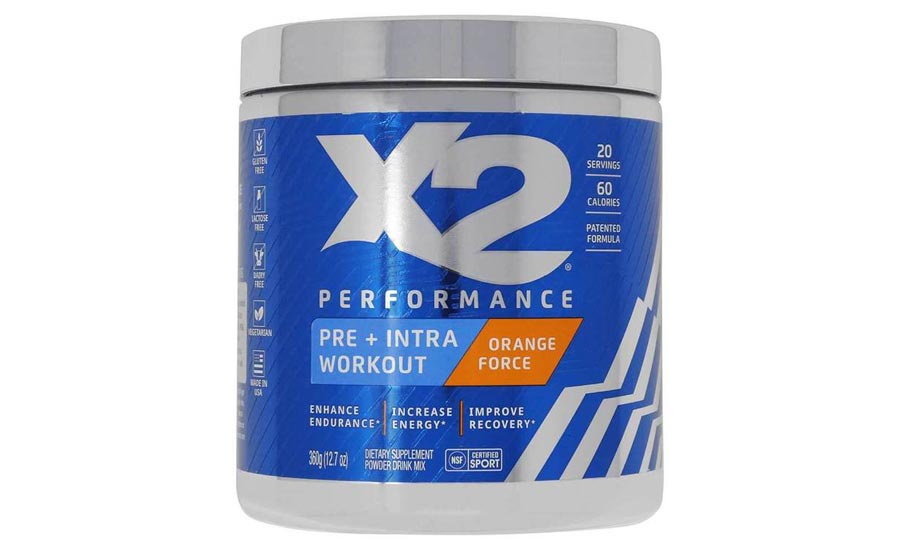
There are subtle differences between sports recovery products and bone and joint products, AIDP’s Vice President of Marketing Kathy Lund says. Sports recovery products generally are used post-exercise whereas bone and joint products are consumed for longer-term relief from soreness or pain.
The City of Industry, Calif.-based company offers a turmacin product with benefits for both applications.
“Customers have been combining turmacin with multiple actives but notable is hemp/CBD for additional pain relief post recovery, turmacin with bacopa for gamers and focused workouts, tumacin combined with curcumin for a more holistic full spectrum product,” Lund states. “We offer many including full spectrum hemp phytocannabinoids and turmacin to name a few plus a range of commodity actives amino acids such as glutamine, citrulline and carnosine, which aid in protein synthesis, enhance muscle recovery and delay fatigue, respectively.”
With generally recognized as safe (GRAS) status from the U.S. Food and Drug Administration and non-staining properties, turmacin is an ideal ingredient for beverages and shots, adds Laurentia Guesman, AIDP’s business manager. She also notes that the shot and liquid formats for supplements are experiencing strong growth as consumers look for alternative delivery formats beyond pills.
Citing the Nutrition Business Journal, the CAGR for supplement shots is due to accelerate more than 60 percent from 2020 to 2023, 10 times the growth rate of supplements in general, Guesman says.
Innovative options for bone/joint health
Ingredient suppliers are turning to emerging solutions in an effort to expand the options that support bone and joint health.
Kyowa Hakko USA’s Nishimura notes that for core athletes, “recovery” could include taking protein or amino acids to recover muscle damage and gain muscle weight after high intensity training. “In our products lineup, KQ Glutamine would be a popular item for those recovery benefits,” she says. “On the other hand, intensity training sometimes causes reduction of the immune system. That’s another important aspect for the ‘recovery’ and in such a case, Kyowa’s IMMUSE is the best option to support immune health for an athlete.”
Calcium, magnesium and other products derived from milk help consumers maintain and develop bone strength and bone density. Vitamin D and its immune-supporting benefits grew nearly 50 percent year over year, according to Max Maxwell, manager of market intelligence, strategy and development at Glanbia Nutritionals, Chicago.
As the population ages, consumers could need more help when recovering from mild, moderate or strenuous exercise or those facing knee or hip replacements due to eroding bone and joint cartilage, experts note.
“There are certain demographics like 45-plus who are slowly approaching the sarcopenia stages (muscle wasting) that take time to recover and maintain their muscle mass and strength,” says Mayuresh Bedekar, director of product strategy for bioactives at Glanbia. “The same goes for women nearing menopause that experience bone loss and joint inflammation. These demographics need personalized tailored solutions to fit their lifestyle and age.”
Additionally, a few bioactives in sports recovery products also focus on restful sleep, cognition and gut health as means of recovery, while bone health products focus on maintaining and developing bone strength and bone density, Bedekar says.
Among the ingredients Glanbia offers are TruCal, a source of natural milk minerals for optimal bone health that works well in powder drink mixes, RTD beverages and capsules; Whey XR, an extended amino acid release whey protein for recovery; and PepForm, a patent-pending peptide carrier technology that improves the solubility and absorption of amino acids.
Glanbia’s Maxwell details that sports recovery brands are featuring more sophisticated performance ingredients such as liquid stable creatine and energy enhancing ingredients like caffeine while removing sugar and offering innovative flavors.
For the bone and joint category, beverage manufacturers are looking for a combination of ingredients based on a strong mechanism of action, AIDP’s Guesman says.
“We believe the younger demographic will accept premium priced ingredients as long as there is verification, and the end-user notices a difference. Taste, stability and dispersibility are also key considerations,” she says. “With an aging population and the trend of extending fitness into later years, we are optimistic about the future success of the bone and joint health category.”
Looking for a reprint of this article?
From high-res PDFs to custom plaques, order your copy today!




